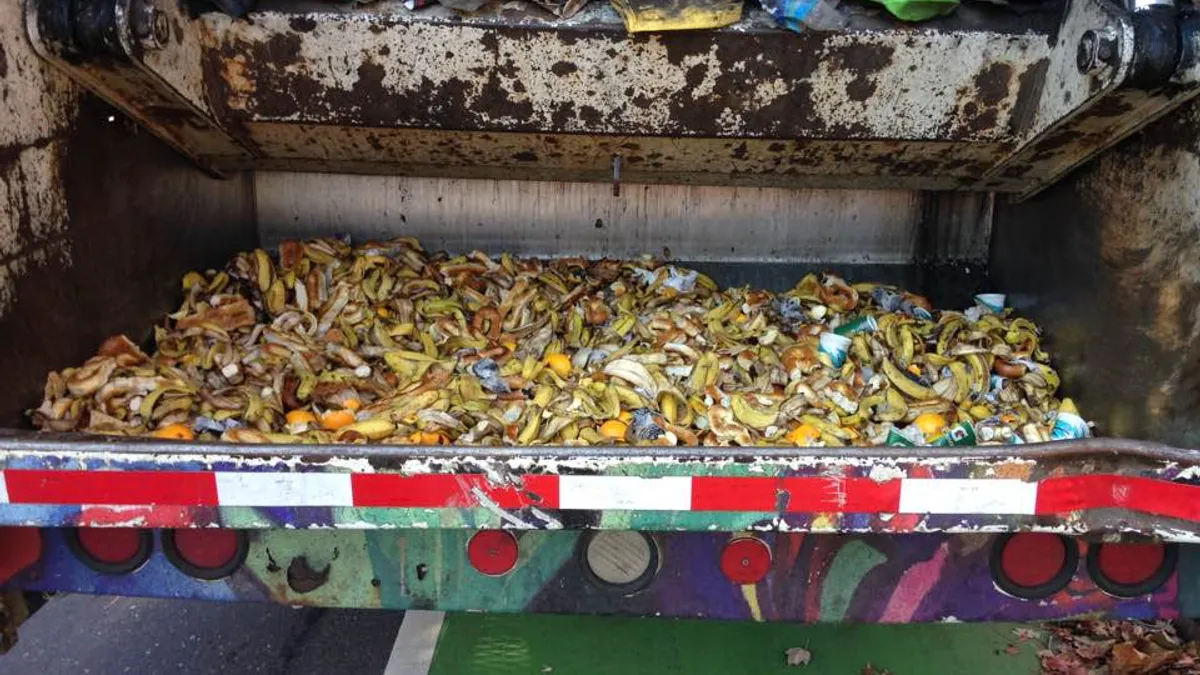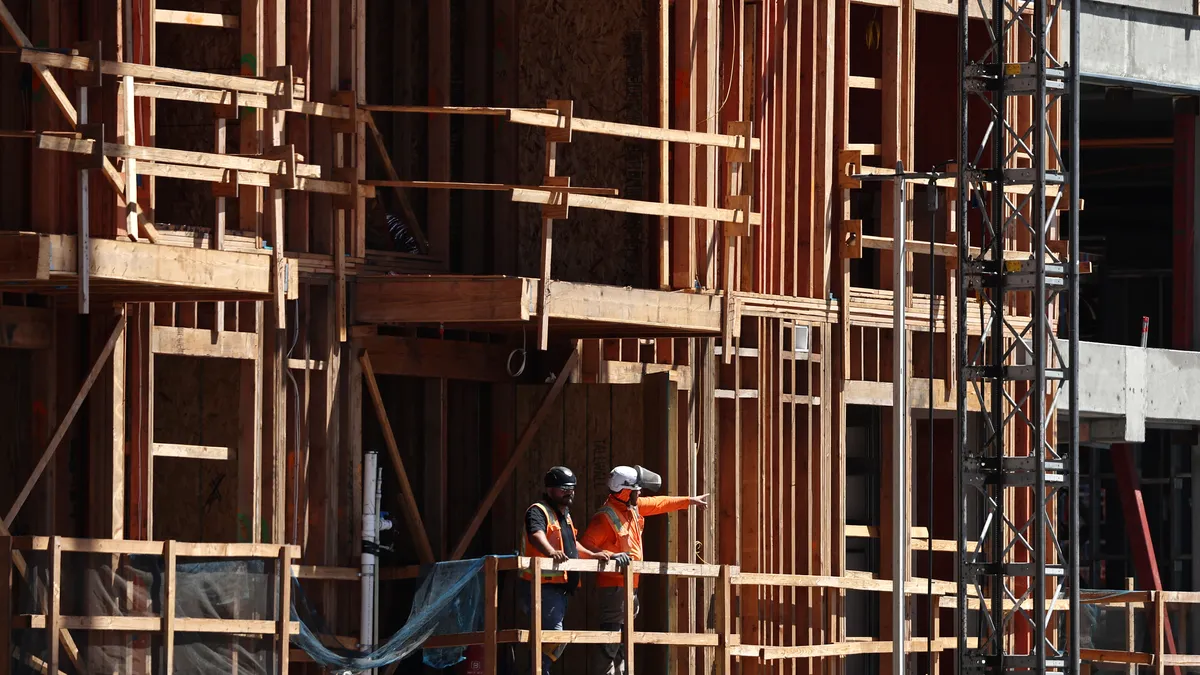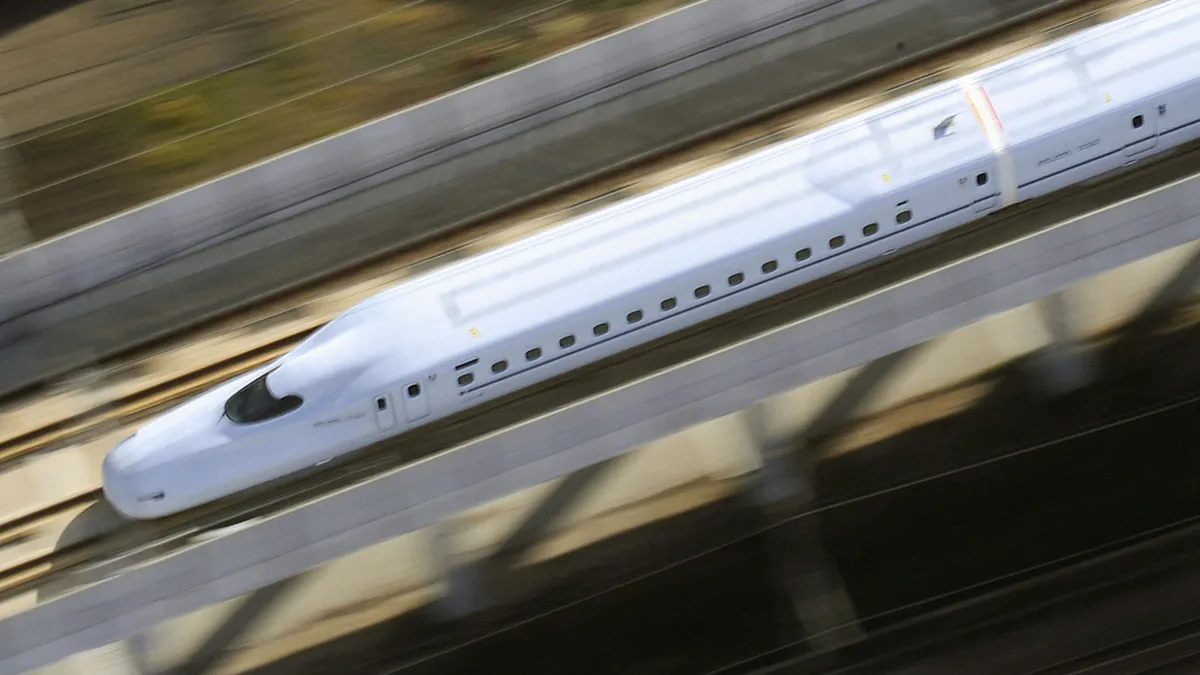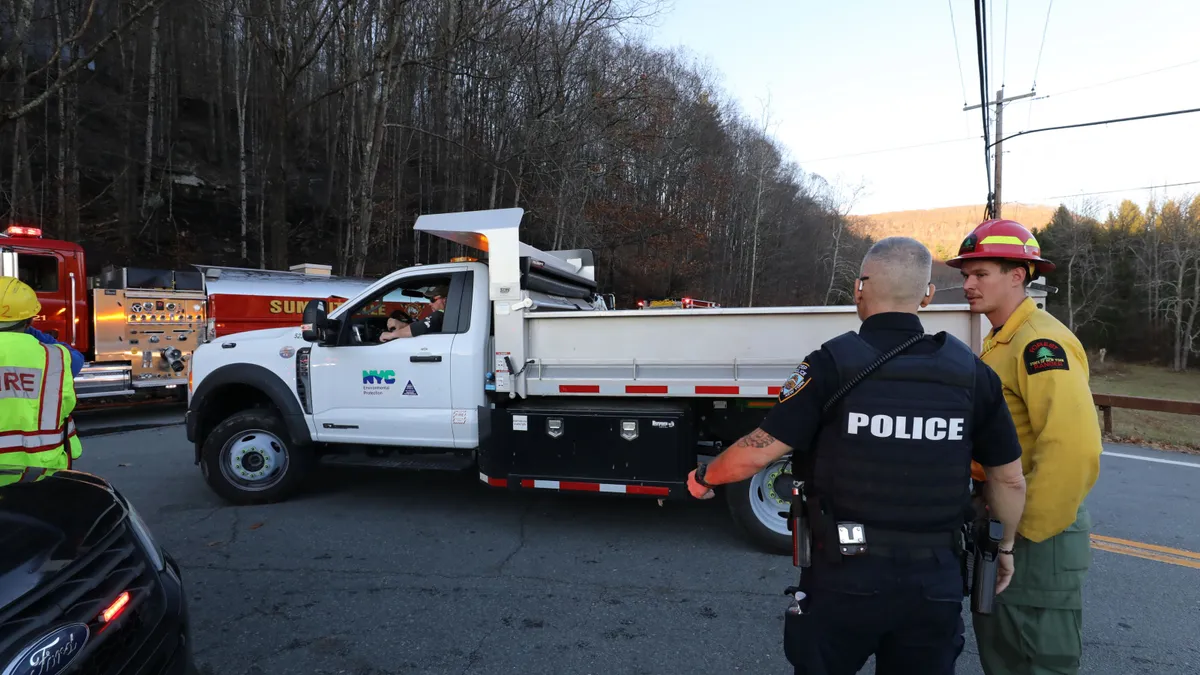Philadelphia has released a new action plan for becoming a "zero waste" city by 2035 — and while the goal may be lofty, the steps to get there are more measured.
Unlike other "zero waste" cities that have set benchmarks or targets they may not always hit, Philadelphia's Zero Waste & Litter Cabinet intentionally created a timeline that only looks one year into the future. Though that doesn't mean officials don't have plans for figuring out how to divert 90% of the city's residential and commercial waste — derived from a 2015 baseline — and rethink the city's waste infrastructure. Curbside organics pick-up, new data collection efforts and possibly even some form of organized commercial waste collection, are all on the table. First, the city just wants to see what can be done by maximizing all the resources it has in place and engaging the public in the process.
Nic Esposito, director of zero waste and litter for the city, told Waste Dive that since the cabinet was formed by Mayor Jim Kenney in December 2016, their goal has been to create a framework that will sustain efforts for decades to come. This entailed looking at how 1.5 million tons of commercial and residential waste are created in the city each year, why the overall diversion rate for that material has plateaued around 40% and what can be done to start making progress while the feasibility of a larger change is analyzed.
"People need to be connected back to the waste that they create. So it can't just all be on city government," said Esposito. "People need to kind of be thinking about what they're creating, what they're producing."
The plan lays out five main target areas that will drive the city's work going forward: Zero waste, litter enforcement and cleaner public spaces, data, behavioral science, and communications and engagement.
"People need to be connected back to the waste that they create. So it can't just all be on city government."
Nic Esposito
Zero Waste and Litter Director, City of Philadelphia
Zero waste
The first step is getting a handle on what's happening with the city's waste now. Philadelphia's residential material is collected from 540,000 households by the Streets Department and about 20% of it was diverted in 2014. Recyclables are sorted at a facility operated by ReCommunity. The majority of residential refuse is sent to Covanta's Delaware Valley waste-to-energy (WTE) facility. For multi-unit and commercial buildings, the diversion rate in 2014 was 45%, with a sizable portion of refuse going to Waste Management's SpecFUEL facility in the city. Overall, about 26% of city waste is sent to landfills.
According to Esposito, the primary goal is to eventually eliminate any use of landfills and reduce WTE use over time. The city's goal of 90% diversion by 2035 does allow for the remaining 10% to be processed by WTE facilities. The use of WTE to achieve "zero waste" goals has elicited a range of opinions in other cities.
In order to reach that point, the plan calls for a broad reassessment of material flows, consumption habits and reuse or recycling opportunities. This will include waste audits at municipal buildings (and eventually commercial buildings), as well as better diversion systems at special events.
The city is also in the process of finishing a feasibility study on curbside organics collection. Esposito described this idea as a question of "when," not "if," though cautioned that details were still in the very early stages. This summer, the Philadelphia Water Department issued a request for information about potentially co-digesting organic material at two of its wastewater treatment plants.
Any new residential construction is already required to include in-sink disposals, per a directive of the previous mayoral administration. While the city also has its own composting operation, and local markets for finished compost are strong, Esposito said larger scale solutions, such as anaerobic digestion, would likely be the primary approach for dealing with the estimated 400,000 tons of organic waste generated each year.
Litter enforcement and data
Cleaning up the streets and cracking down on illegal dumping is also seen as a key part of the plan. Rough estimates indicate that illegal dumping could cost Philadelphia residents more than $8.1 million per year, not including the many thousands of labor hours required to address the problem.
In the short-term, the city plans to update ordinances and fines, while also expanding diversion of problem categories such as tires, mattresses and construction debris. Longer-term priorities include banning plastic bags, possibly restoring municipal street sweeping operations and better collections coordinating with commercial haulers.
Tracking the progress of this work will require more data collection. The city has already begun piloting a litter index in select neighborhoods, with plans for searchable results on the Clean PHL website, and will be expanding that work in the months ahead. This new data push will also involve creating a new overall diversion rate metric combining commercial and residential activity, similar to what Washington, D.C. recently did, to better reflect ongoing progress. This new rate will now include diversion from reuse and repair — an area which New York has also begun trying to measure — as well as food recovery and many other categories.
Behavioral science and communications
To create a litter-free, waste-free city, officials see a need for culture change among residents. This has already involved pilots to test out new placement and designs for public recycling receptacles. Beyond that, Philadelphia residents will also begin to see more outreach to fill them in on everything they can be doing at home and work. The new Clean PHL website was one of the initial steps. Other approaches will build on existing community strengths.
The Philadelphia skyline
chris in philly, via Flickr
Esposito said Philadelphia already has a vibrant network of community organizations, park stewardship groups and block captains. The city will work to create a new training and certification program to recognize their commitment and encourage them to spread the new "zero waste" message.
"The one way that you fail in community organizing is to try to co-opt things that are already happening or just start your own thing," he said.
All of this will be promoted through a new, soon-to-be-determined program name that also includes Recyclebank incentives and a "robust" social media presence, according to Esposito.
Next steps
By this time next year, the city aims to be well underway with waste audits, certification training, litter indexing and public education. As for what comes next, the plan says that is dependent on, "local, state, national, and international factors."
A bag ban preemption bill was recently passed by the state legislature, before it was vetoed by Governor Tom Wolf, showing an unfavorable climate in the state legislature for such ideas. Some form of change is seen as inevitable in the commercial sector — for data collection purposes alone — but any attempt to organize commercial waste operations through a zone or franchise collection system would also likely be blocked by an already existing state law. However, Philadelphia City Council is seen as more supportive of legislation that may be required for addressing litter and other areas, and the body is represented on the Zero Waste & Litter Cabinet.
"Zero waste" aspirations have started to feel commonplace for large cities, with some farther ahead in the process than Philadelphia. Though this has also given them the opportunity to see what others are doing and chart their own course. Some, such as New York, chose to come out with surprise announcements full of big targets. Others, such as Boston, are much more laborious with their planning processes. Philadelphia's end goal is set, but its approaches to getting there are more adaptable.
"These plans come in all shapes and sizes," said Esposito, who has been reading many of them in recent months. "We wanted to make this really digestible. We wanted to make it simple. We wanted to make it clear and then allow it to be a living, breathing document."




















